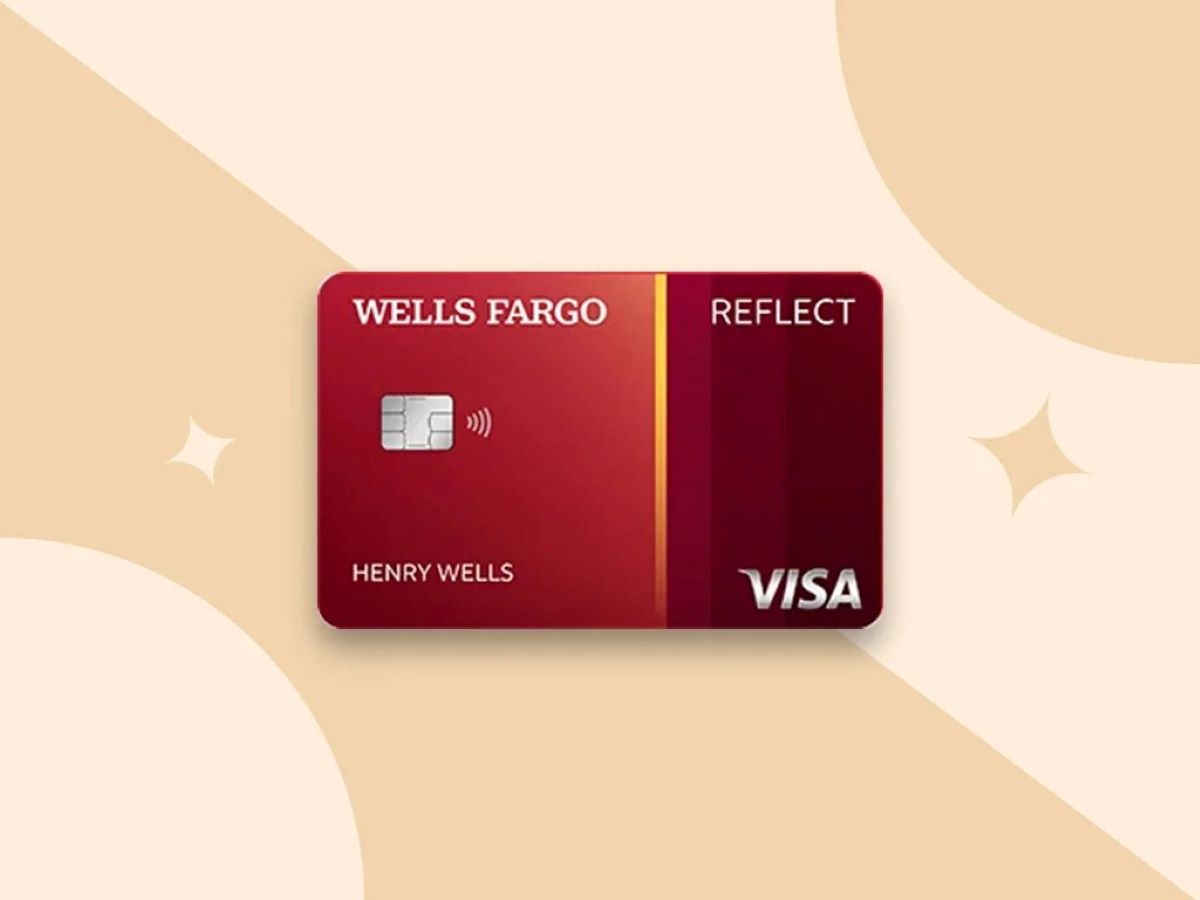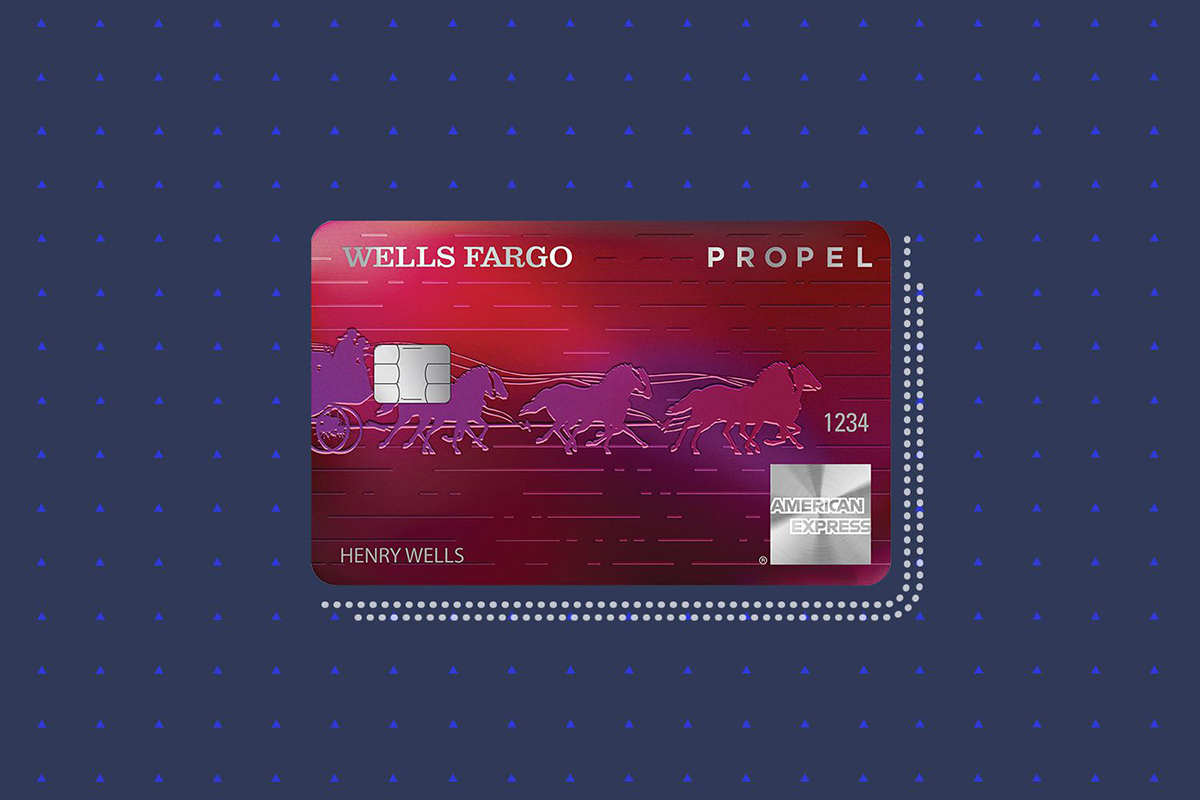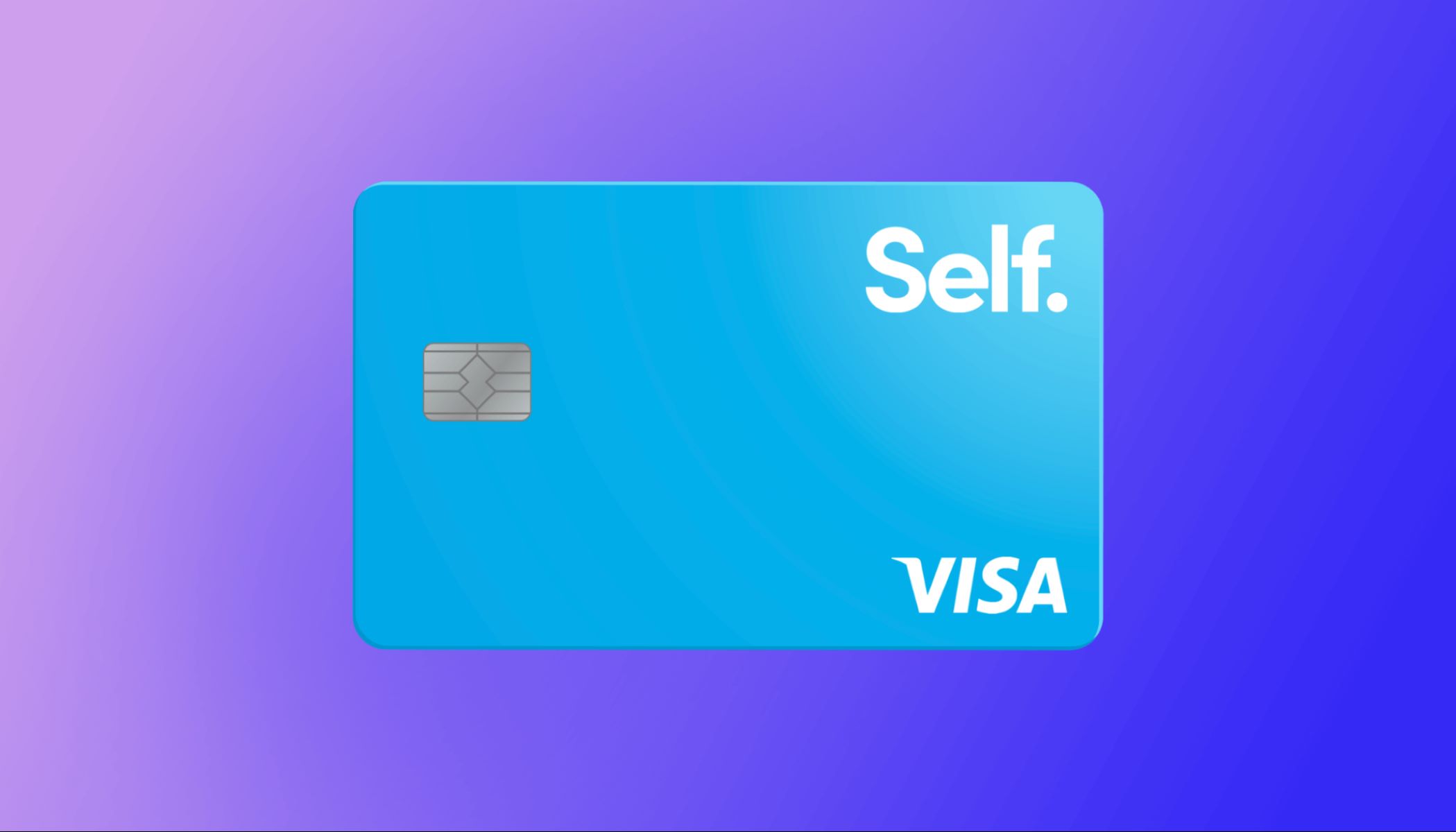Home>Finance>What Is Wells Fargo Cash Wise Credit Card’s Minimum Payment


Finance
What Is Wells Fargo Cash Wise Credit Card’s Minimum Payment
Published: February 27, 2024
Learn about the minimum payment for Wells Fargo Cash Wise Credit Card and manage your finances wisely. Find out more about credit card payments.
(Many of the links in this article redirect to a specific reviewed product. Your purchase of these products through affiliate links helps to generate commission for LiveWell, at no extra cost. Learn more)
Table of Contents
Introduction
Understanding the Importance of Minimum Payments on Credit Cards
Welcome to the world of credit cards, where the convenience of making purchases is often accompanied by the responsibility of managing payments. One crucial aspect of credit card ownership is understanding and managing the minimum payment requirement. In this article, we will delve into the significance of minimum payments, specifically focusing on the Wells Fargo Cash Wise Credit Card’s minimum payment. By gaining insights into this essential aspect of credit card usage, you can make informed decisions and effectively manage your finances.
Understanding the concept of minimum payments is vital for responsible financial management. When used judiciously, credit cards can offer a range of benefits, including convenience, rewards, and the ability to build a positive credit history. However, it’s essential to recognize that credit card usage also entails the responsibility of making timely payments to avoid incurring fees and interest charges.
Minimum payments represent the lowest amount that cardholders must pay each month to maintain their accounts in good standing. Failing to meet this requirement can result in penalties and negatively impact your credit score. Therefore, comprehending the factors that influence minimum payments and learning how to manage them effectively is crucial for maintaining financial well-being.
In the following sections, we will explore the Wells Fargo Cash Wise Credit Card’s minimum payment, elucidate the factors that influence minimum payments, and provide valuable tips for effectively managing this aspect of credit card usage. By the end of this article, you will have a comprehensive understanding of minimum payments and the tools to navigate this aspect of credit card ownership with confidence.
Understanding Minimum Payment
Minimum payment is the smallest amount a credit card holder must pay each billing cycle to keep the account in good standing. It is typically calculated as a percentage of the total balance, with a minimum specified amount. While making the minimum payment by the due date helps avoid late fees and credit score damage, it is important to note that carrying a balance and consistently making only the minimum payment can lead to long-term interest costs and debt accumulation.
When cardholders make only the minimum payment, the remaining balance accrues interest, leading to a cycle of debt that can be challenging to break. Understanding the implications of making minimum payments is crucial for maintaining financial health and managing credit card usage responsibly.
It’s important to note that the minimum payment is not fixed and can vary based on factors such as the total balance, interest rate, and issuer’s terms. By comprehending the mechanics of minimum payments, cardholders can make informed decisions about their payment strategy and avoid the pitfalls of excessive debt and interest accumulation.
While making at least the minimum payment is essential to avoid penalties and credit score damage, it’s advisable to strive for paying more than the minimum whenever possible. By paying more than the minimum, cardholders can reduce their overall interest costs and work towards paying off their balances more efficiently.
Understanding the significance of minimum payments is a fundamental aspect of responsible credit card usage. In the subsequent sections, we will explore the specific details of the Wells Fargo Cash Wise Credit Card’s minimum payment, shedding light on its calculation and implications for cardholders.
Wells Fargo Cash Wise Credit Card’s Minimum Payment
The Wells Fargo Cash Wise Credit Card’s minimum payment is calculated based on a combination of factors, including the outstanding balance, the annual percentage rate (APR), and any fees or charges incurred during the billing cycle. The minimum payment is generally calculated as a percentage of the total balance, subject to a specified minimum amount.
Cardholders can find detailed information about the minimum payment calculation, including the specific percentage and minimum amount, in the terms and conditions provided by Wells Fargo. Understanding these details is crucial for effectively managing the card’s minimum payment requirement and avoiding potential penalties or credit score implications.
It’s important to note that while making the minimum payment on time is essential for maintaining the account in good standing, carrying a balance and consistently making only the minimum payment can lead to long-term interest costs. Cardholders are encouraged to pay more than the minimum whenever possible to reduce interest charges and work towards paying off their balances in a timely manner.
Wells Fargo provides convenient online and mobile banking platforms that enable cardholders to view their current balance, minimum payment due, and payment due date. These tools empower cardholders to stay informed about their minimum payment obligations and take proactive steps to manage their credit card payments effectively.
By understanding the specifics of the Wells Fargo Cash Wise Credit Card’s minimum payment calculation and utilizing the available digital banking resources, cardholders can navigate their payment responsibilities with confidence and maintain control over their financial well-being.
Factors Affecting Minimum Payment
Several key factors influence the calculation of the minimum payment on a credit card, including the outstanding balance, the annual percentage rate (APR), and any fees or charges incurred during the billing cycle. Understanding these factors is essential for cardholders to effectively manage their minimum payment obligations and make informed decisions regarding their credit card usage.
Outstanding Balance: The total amount owed on the credit card, including purchases, cash advances, and any applicable fees, directly impacts the minimum payment. As the outstanding balance increases, the minimum payment will also rise accordingly, reflecting the higher amount owed.
Annual Percentage Rate (APR): The APR represents the annual interest rate charged on outstanding balances. The higher the APR, the greater the impact on the minimum payment calculation. Cardholders with higher APRs may face larger minimum payment requirements, especially when carrying significant balances.
Fees and Charges: Any additional fees, such as late fees or over-limit fees, incurred during the billing cycle contribute to the minimum payment calculation. It’s important for cardholders to review their statements carefully to identify any fees that may affect their minimum payment amount.
Payment Due Date: The timing of the payment due date influences the minimum payment requirement. Failing to make at least the minimum payment by the due date can result in late fees and potential credit score implications, underscoring the importance of timely payments.
Utilization Rate: The utilization rate, or the ratio of the outstanding balance to the credit limit, can impact the minimum payment. Higher utilization rates may lead to larger minimum payment obligations, especially if the cardholder’s balance approaches or exceeds the credit limit.
By considering these factors, cardholders can gain a comprehensive understanding of the elements that contribute to the minimum payment calculation. This knowledge empowers individuals to make informed financial decisions, manage their credit card usage responsibly, and proactively address their minimum payment obligations to maintain their financial well-being.
Tips for Managing Minimum Payments
Effectively managing minimum payments on credit cards is essential for maintaining financial stability and avoiding potential pitfalls associated with carrying balances and accruing interest. By implementing the following tips, cardholders can navigate their minimum payment obligations with confidence and work towards responsible credit card usage:
- Pay More Than the Minimum: While making the minimum payment on time is crucial, paying more than the minimum whenever possible can significantly reduce interest costs and expedite the process of paying off the balance. By allocating additional funds towards the credit card payment, cardholders can make meaningful progress in reducing their overall debt.
- Create a Payment Schedule: Establishing a consistent payment schedule can help ensure that minimum payments are made on time each month. Setting up automatic payments or reminders can prevent missed payments and the associated late fees, contributing to a positive payment history and credit score maintenance.
- Monitor Spending Habits: Being mindful of spending habits and keeping track of purchases can help prevent excessive credit card usage and the accumulation of high balances. By maintaining a clear understanding of their financial transactions, cardholders can make informed decisions and avoid situations where making only the minimum payment becomes a regular practice.
- Seek Lower Interest Options: Exploring options to transfer balances to credit cards with lower interest rates or promotional offers can potentially reduce the long-term interest costs associated with carrying a balance. However, it’s important to review the terms and conditions of balance transfer offers carefully to assess any associated fees and the impact on overall financial management.
- Review Statements Thoroughly: Regularly reviewing credit card statements enables cardholders to identify any erroneous charges, unauthorized transactions, or unexpected fees that may impact the minimum payment calculation. Promptly addressing any discrepancies can help maintain accurate account balances and payment obligations.
By incorporating these strategies into their financial management approach, cardholders can proactively address their minimum payment requirements, reduce interest costs, and work towards achieving greater financial stability. Responsible credit card usage, coupled with effective minimum payment management, contributes to a positive financial outlook and long-term financial well-being.
Conclusion
Understanding the intricacies of minimum payments on credit cards is a fundamental aspect of responsible financial management. The Wells Fargo Cash Wise Credit Card’s minimum payment, influenced by factors such as the outstanding balance, annual percentage rate (APR), and fees, underscores the importance of comprehending the implications of minimum payments for cardholders. By gaining insights into the specific details of the minimum payment calculation and leveraging available resources, individuals can navigate their credit card payment responsibilities with confidence and prudence.
Effectively managing minimum payments involves more than meeting the minimum requirement each month. It entails proactive strategies such as paying more than the minimum, establishing a consistent payment schedule, monitoring spending habits, and exploring options to minimize interest costs. By implementing these tips, cardholders can mitigate the potential drawbacks of carrying balances and work towards achieving greater financial stability.
Ultimately, responsible credit card usage, coupled with informed minimum payment management, contributes to a positive payment history, credit score maintenance, and long-term financial well-being. By embracing a proactive approach to managing minimum payments and making well-informed financial decisions, cardholders can navigate the complexities of credit card ownership with confidence and lay the foundation for a secure financial future.














